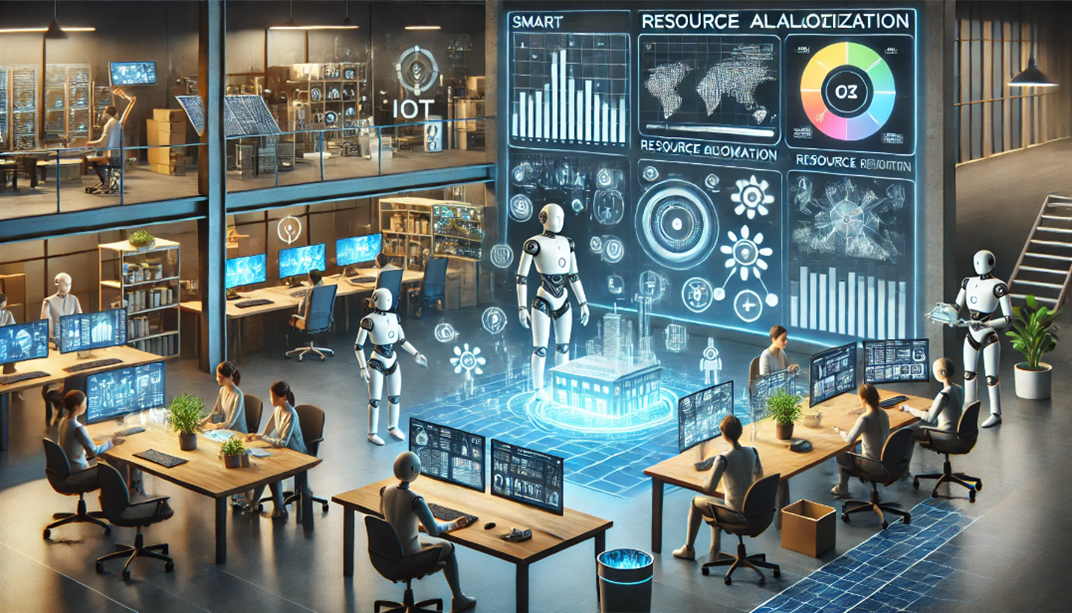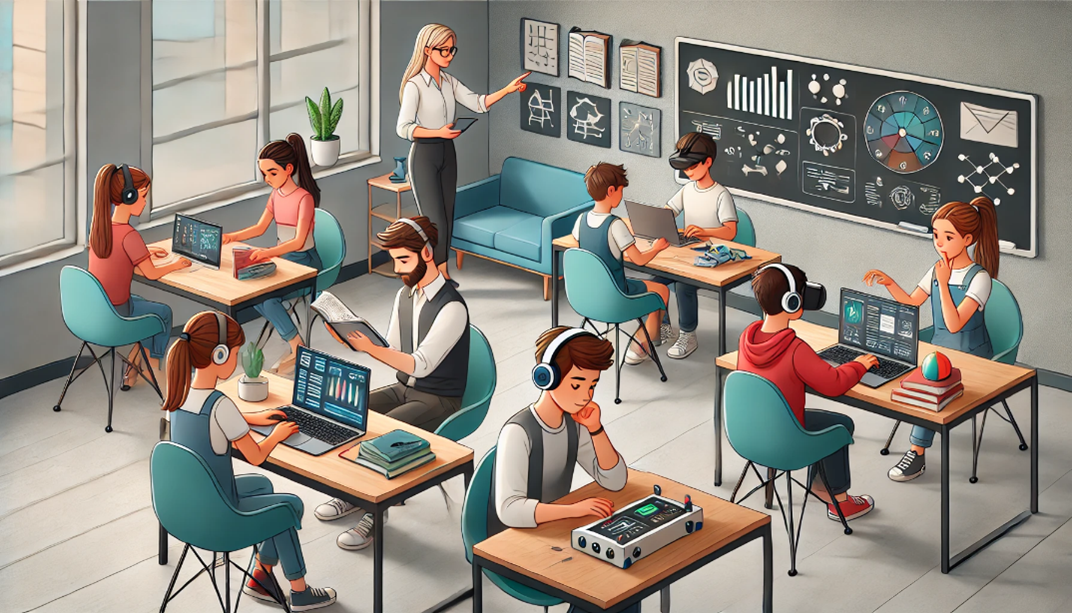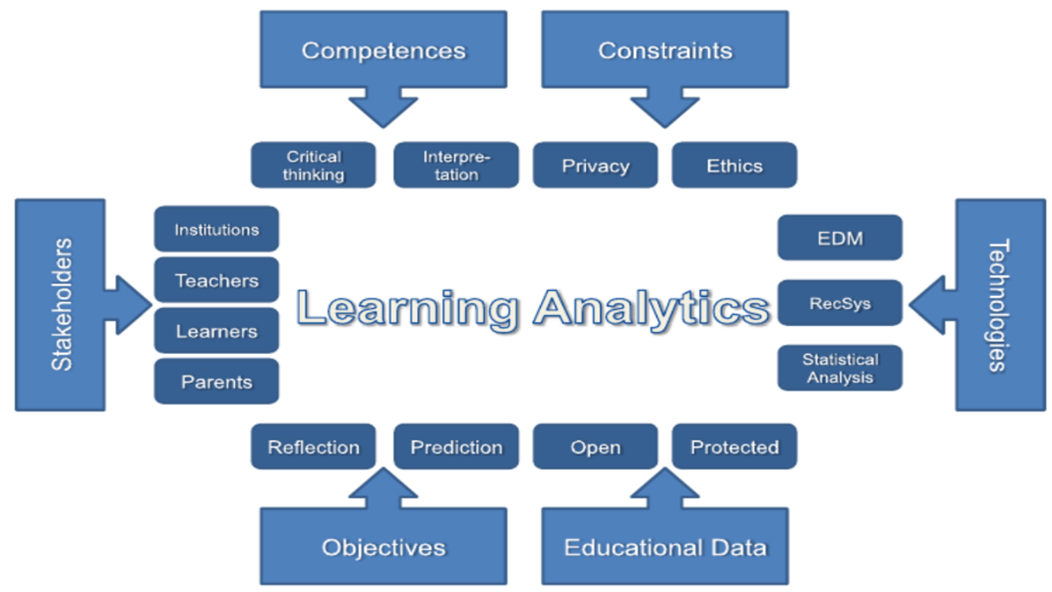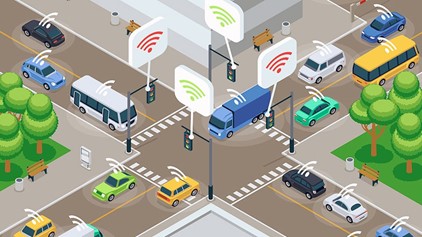How IoT devices optimize learning environments and manage resources

How IoT devices optimize learning environments and manage resources
by Maximilian 03:45pm Jan 23, 2025

The Internet of Things (IoT) has the potential to greatly optimize learning environments and manage resources by integrating smart devices and systems that collect and analyze data to improve both the educational experience and the management of physical resources. Here’s a look at how IoT devices contribute to optimizing learning environments and resource management in educational settings:
Optimizing Learning Environments with IoT Devices
1. Personalized Learning Experiences
o Smart Classroom Systems: IoT devices such as smartboards, interactive displays, and personalized learning devices (like tablets or smart wearables) can adapt to students' learning styles and progress. These devices can monitor how students interact with the learning material and adjust the content, pace, and difficulty to meet individual needs.
o Real-Time Data Collection: IoT sensors can track student engagement and attention levels. For example, cameras or wearables can monitor body language or eye movement, providing teachers with data that can be used to tailor lessons and provide extra support where necessary.

2. Enhancing Student Collaboration and Engagement
o Collaborative Tools: IoT devices can create more interactive and collaborative learning experiences. For example, smart desks with touch capabilities allow students to work together in real-time on digital tasks, and cloud-based systems can enable collaborative editing of documents and projects.
o Gamification: IoT-enabled devices like smart wearables or fitness trackers can be incorporated into educational games or physical activity-based learning. This makes the learning process more engaging by incorporating physical movement, gamified challenges, and real-time feedback.
3. Environmental Control for Comfort and Focus
o Smart Lighting and Temperature Control: IoT devices can control classroom environments by adjusting lighting and temperature for optimal learning conditions. Sensors can detect if the room is too dark or too hot and automatically adjust conditions to ensure students' comfort, helping them focus better on their work.
o Air Quality Monitoring: IoT air quality sensors can monitor CO2 levels, humidity, and other factors affecting indoor air quality. Poor air quality has been shown to reduce student concentration and cognitive performance, so by using IoT devices to ensure clean and fresh air, schools can enhance the learning environment.
4. Safety and Security Enhancements
o Smart Surveillance and Access Control: IoT devices like smart cameras and door access systems improve security in schools. Real-time monitoring ensures that only authorized individuals enter classrooms or buildings, and emergency alarms can be automatically triggered in case of any safety breach.
o Emergency Management: IoT-enabled systems can detect and respond to emergencies like fires or medical situations by alerting teachers, students, and emergency personnel immediately. This ensures that resources such as evacuation plans, fire extinguishers, or first-aid kits are accessed quickly.
5. Learning Analytics and Feedback
o Performance Tracking: IoT devices can collect data on student interactions with learning platforms, providing teachers and administrators with insights into academic performance, attendance, and even emotional well-being. This allows for data-driven decisions to tailor educational interventions.
o Adaptive Learning Technologies: IoT can feed data to adaptive learning platforms, allowing them to automatically adjust learning paths based on student performance, which helps keep students at the right level of challenge.

Managing Resources with IoT Devices
Smart Resource Allocation
Energy Management: IoT-enabled smart meters and energy-efficient systems can optimize energy consumption in classrooms and school buildings. Smart lighting, HVAC systems, and energy-efficient devices can adjust usage based on occupancy, reducing energy waste and lowering operational costs.
Asset Management: IoT can track the location and usage of physical resources like textbooks, lab equipment, and electronic devices. This helps avoid the misplacement or underuse of resources, ensuring that assets are distributed efficiently.

Inventory Management
Supply Chain Optimization: IoT can help schools manage supplies more efficiently by tracking inventory in real-time. Smart sensors can monitor the stock of classroom materials (e.g., pens, paper, lab supplies) and trigger automatic reorder requests when supplies are running low.
Library Management: IoT devices can optimize library resources by tracking the location and usage of books or digital content. RFID tags or smart sensors can help librarians know exactly where each book is and whether it's in use or needs to be returned.
Classroom and Space Utilization
Space Optimization: IoT systems can optimize the use of physical spaces within schools. For instance, IoT sensors can detect when classrooms or other spaces (like labs or gyms) are being used, and this data can be analyzed to adjust scheduling, ensure space is being used efficiently, and identify underutilized areas.
Occupancy and Resource Usage Monitoring: By collecting data on student occupancy, IoT devices can optimize the use of classroom resources (e.g., seats, desks, AV equipment). If a room is underutilized, the system may suggest reallocating resources to other rooms that are overburdened.
Maintenance and Facility Management
Predictive Maintenance: IoT devices can help predict when equipment (e.g., projectors, computers, or HVAC systems) will need maintenance or replacement. Sensors can detect faults or performance drops and alert the facilities team, allowing for timely repairs and reducing downtime.
Water and Waste Management: Smart water meters and waste management systems in schools can monitor water usage and waste production, ensuring that resources are being used responsibly. This is especially beneficial in large campuses, where managing consumption efficiently can reduce operational costs.
Smart Scheduling and Transportation
Automated Timetables: IoT systems can help in creating dynamic schedules based on the availability of resources, classrooms, and teachers. For instance, if a room is being used for a longer period than planned, IoT systems can automatically suggest alternative scheduling.
Transport and Bus Monitoring: IoT devices installed in school buses or transport vehicles can optimize routes and schedules based on real-time traffic conditions or delays, improving efficiency and ensuring the safety of students during transportation.

Conclusion
IoT devices play a significant role in optimizing both the learning environment and resource management in educational settings. By integrating intelligent sensors, adaptive systems, and real-time data analytics, IoT enables more personalized, efficient, and sustainable learning environments. It not only enhances the educational experience for students but also supports administrative tasks, resource allocation, and maintenance, ensuring that educational institutions operate more effectively and cost-efficiently. However, successful implementation requires careful planning, data management, and ongoing monitoring to ensure these systems are secure, ethical, and beneficial to all stakeholders.






